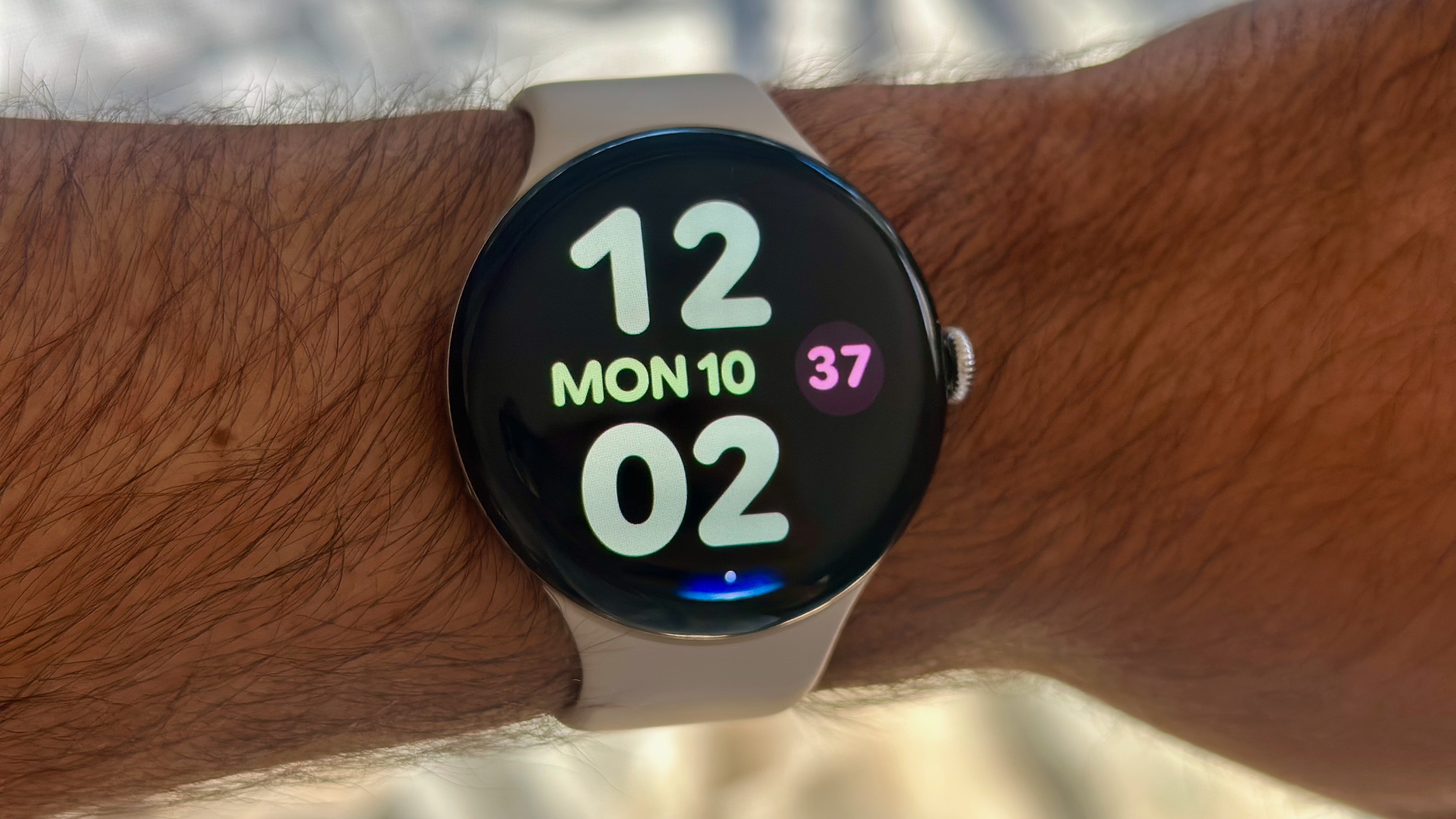Samsung Galaxy Watch 8 Classic vs. Galaxy Watch Ultra: Which one should you pick?
The Galaxy Watch 8 Classic is an affordable alternative to the Watch Ultra, but does that mean you should buy it?
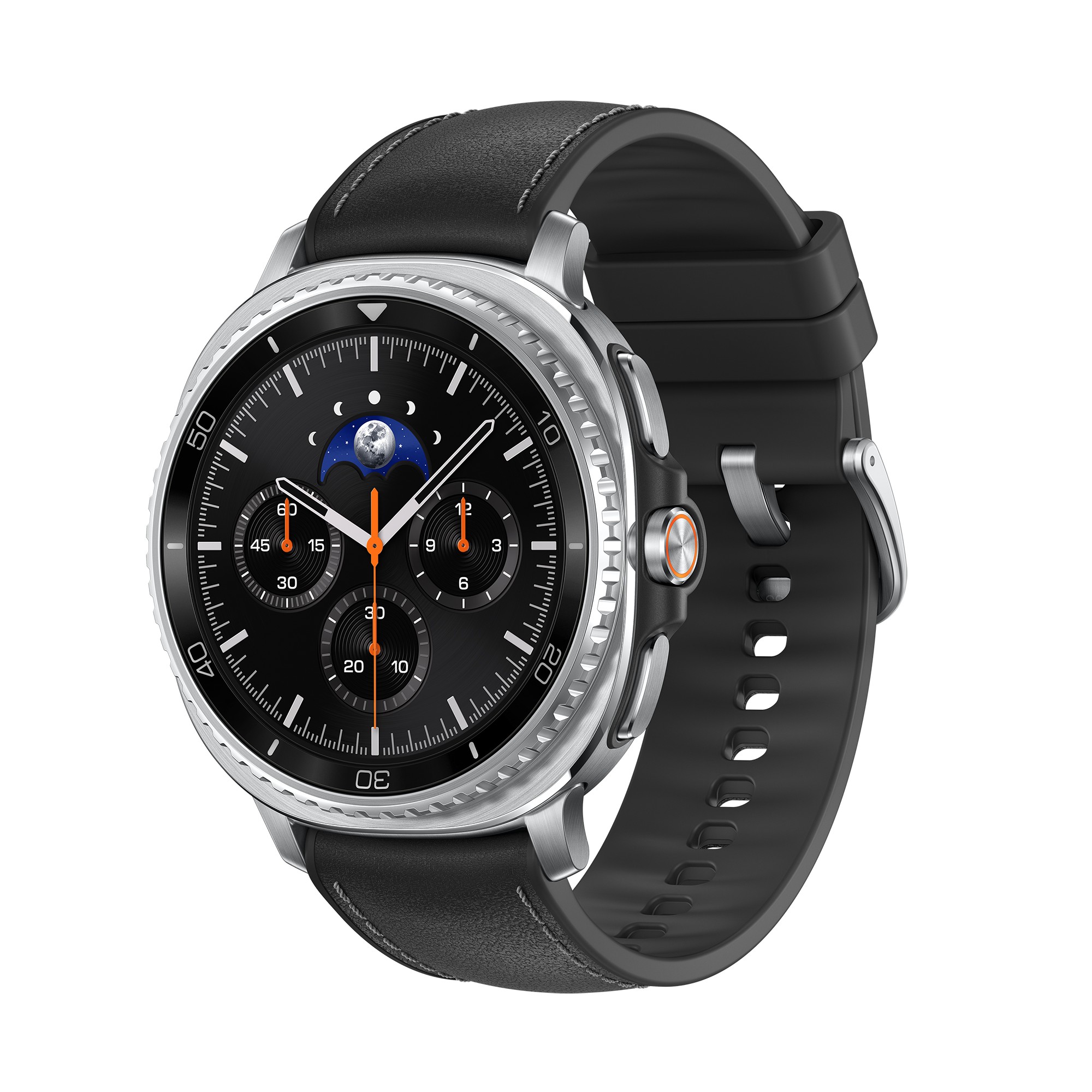
A new classic
The Galaxy Watch 8 Classic makes its debut alongside the Galaxy Watch 8. It offers a mix of the Watch 8's design and last year's Watch Ultra. It is less expensive than the Watch Ultra, but that comes with its own set of compromises.
Pros
- Rotating watch bezel makes a return
- Advanced health features with new BioActive sensor
- Three hardware buttons including a custom action button
- Cheaper than the Ultra
Cons
- Comes in just one size
- Squircle design might not be to everyone's liking
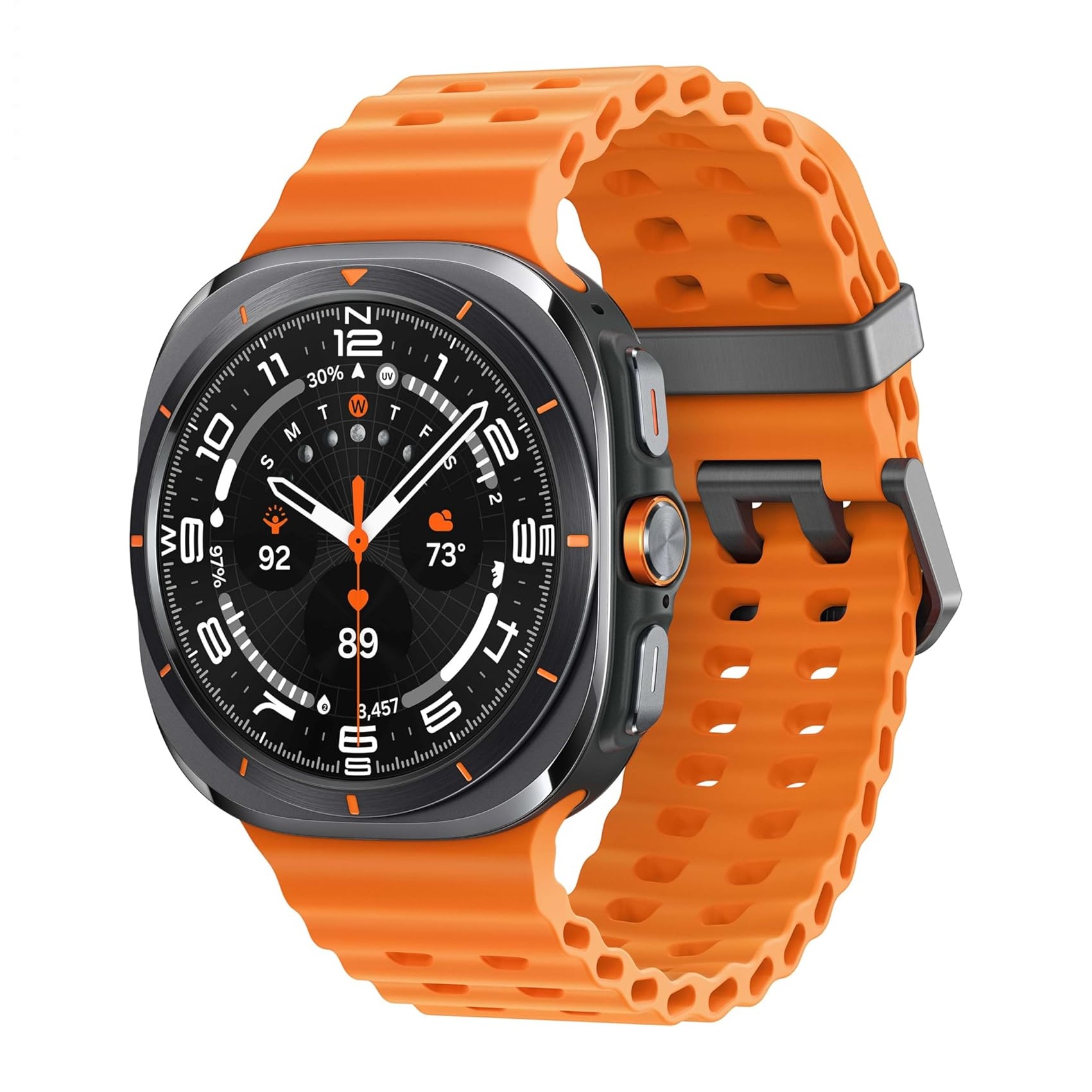
Samsung's finest
The Samsung Galaxy Watch Ultra costs a premium but you get the best battery life, a unique design, and a very bright display. It's meant for rugged outdoor use and it has the looks to go with it. The Ultra can be a bit too large though for some, and the lack of a rotating bezel or crown might just sway buyers towards the Classic instead.
Pros
- Striking design makes a real impression
- Bright, protected display
- Noticeable Exynos & battery boost
- Revamped heart rate accuracy
- Dual-band GPS comparable to Garmin
- Built-in LTE support
- New Titanium Blue finish looks nice
Cons
- Should've had a proper crown
- Too heavy, thick for some wrists
- Very expensive
Galaxy Watch 6 Classic fans are in for a treat this year as Samsung has finally launched the much-awaited Galaxy Watch 8 Classic. After skipping the Classic model with the Watch 7 series, the new Watch 8 Classic sports a new design with a blend of the standard model and the Galaxy Watch Ultra.
This begs the question: between the Galaxy Watch 8 Classic vs. Galaxy Watch Ultra, which smartwatch offers better value? If all you care about are fancy looks and need that third button of the Ultra on your watch, the Watch 8 Classic makes a compelling case for itself. Let's see which one is the better buy.
Samsung Galaxy Watch 8 Classic vs. Galaxy Watch Ultra: Design and display
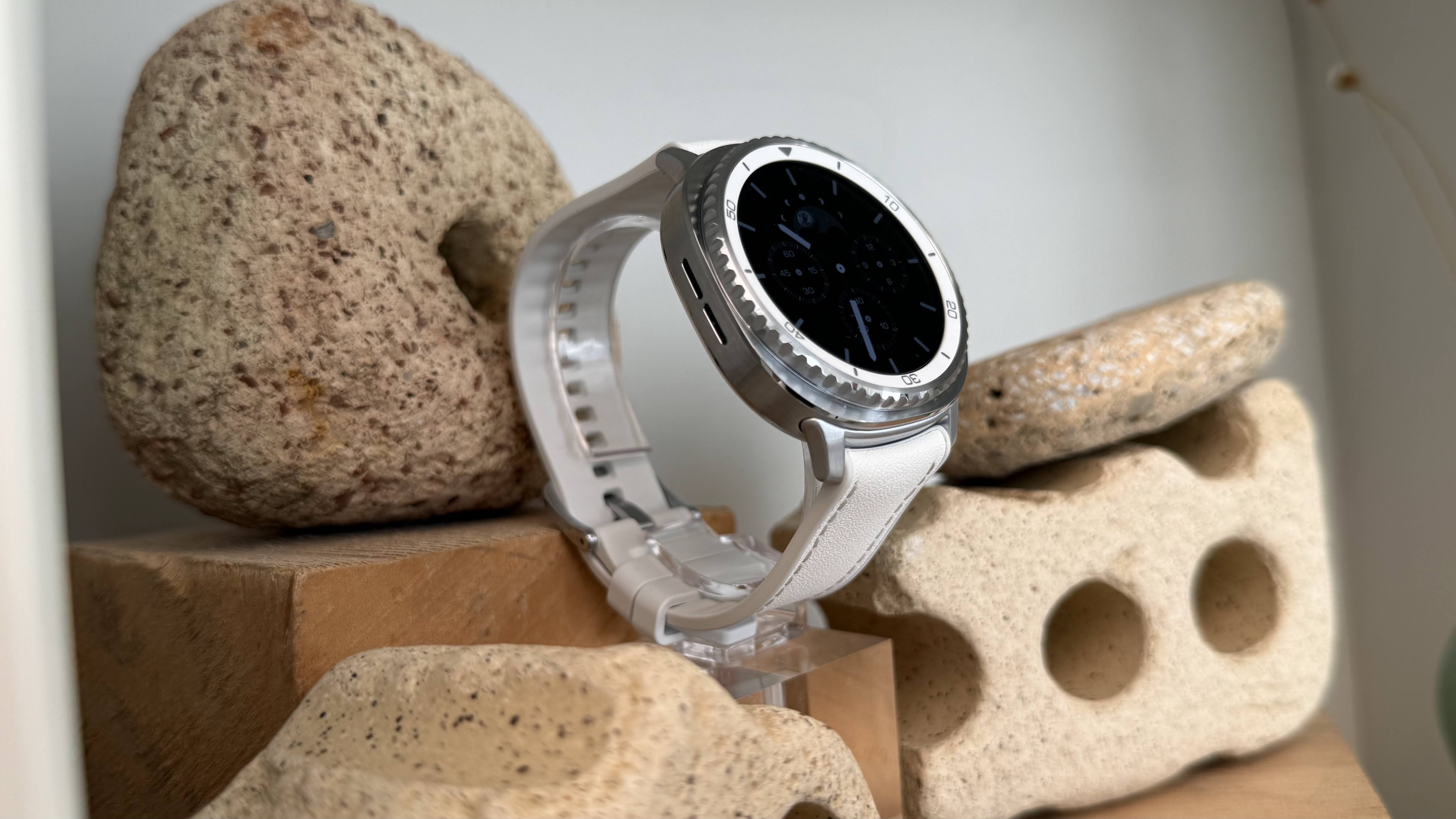
The Samsung Galaxy Watch 8 Classic features a design similar to the Galaxy Watch Ultra, which is either a good or bad thing depending on your aesthetic taste. The good news is that apart from inheriting the design, the Watch 8 Classic also gets the third Quick Button, which is useful.
The Galaxy Watch 8 Classic is available in only one size, 46mm, but it can be purchased with either Wi-Fi or LTE connectivity. Interestingly, it features a smaller 1.34-inch AMOLED display compared to the 1.5-inch display of the Galaxy Watch Ultra. The resolution is also a bit lower, but you do get the Sapphire Crystal glass for protection.
The dimensions of the Watch 8 Classic are 46.4mm x 46mm x 10.6 mm, making it smaller and slimmer than the Watch Ultra. They both weigh roughly the same, though, with the Watch 8 Classic being a bit heavier at 63.5 grams.
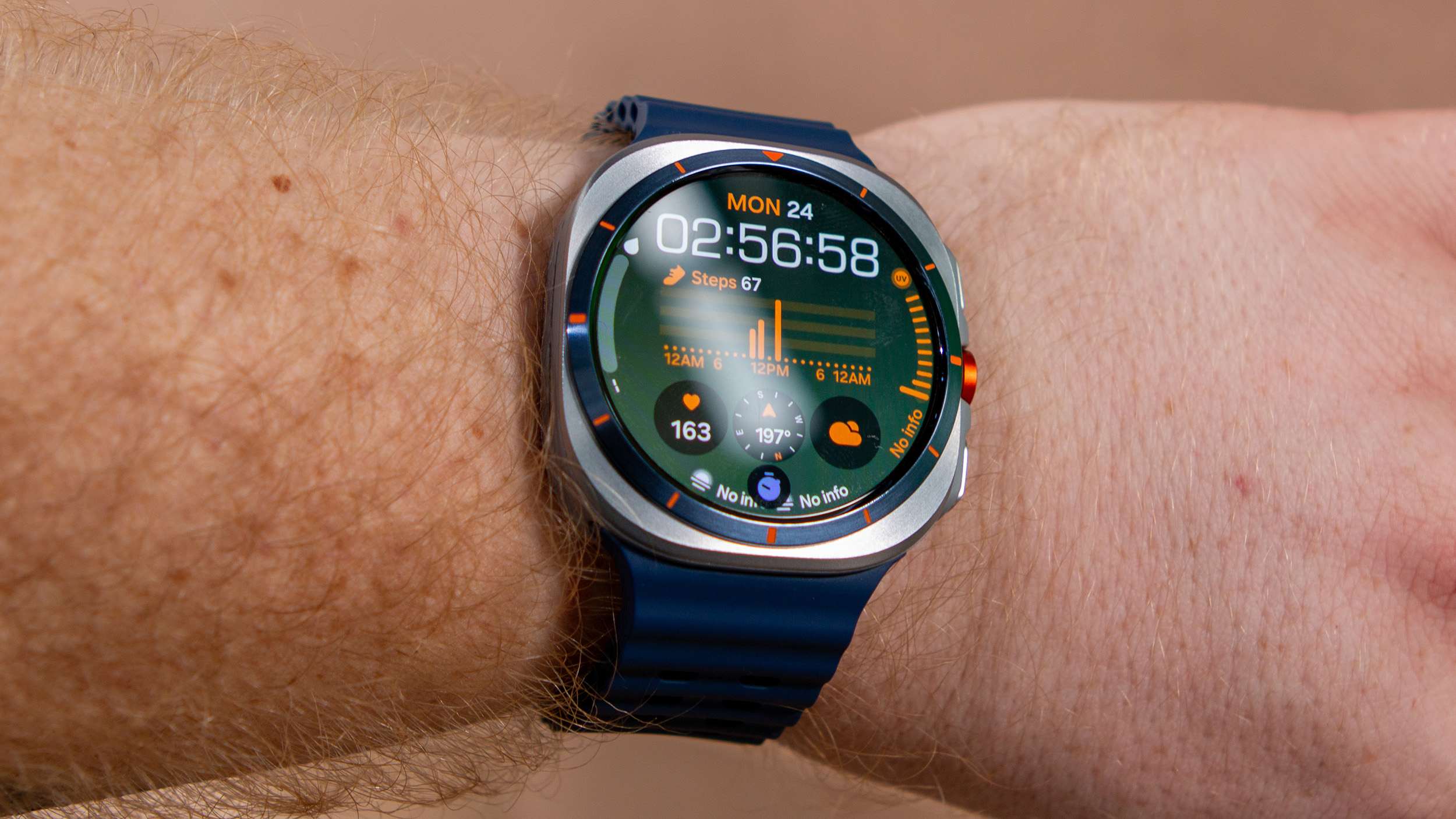
The Samsung Galaxy Watch Ultra is large and imposing, weighing 60 grams and measuring 12.1mm in thickness (excluding the sensors). The design is also quite striking, as the case doesn't look like your typical smartwatch. In fact, it bears a striking resemblance to the Apple Watch Ultra, another very expensive smartwatch. The titanium frame around the display gives the Galaxy Watch Ultra an added level of durability.
It also has one of the best displays on any Samsung watch. The Watch Ultra features a 1.5-inch Super AMOLED panel with a 480 x 480 pixel resolution and a maximum brightness of up to 3,000 nits. It comes in three colors: Titanium Silver, Titanium Gray, and Titanium White. It lacks a rotating bezel, which the Watch 8 Classic will most likely have, but you do get a third customizable Quick Button for jumping in and out of activities.
Get the latest news from Android Central, your trusted companion in the world of Android
Besides the usual durability certifications like MIL-STD-810H, the Galaxy Watch Ultra is also rated for 10ATM water resistance, which is double that of most other watches. It's also tested to survive in chlorinated or salty water, which means you can safely go swimming with it in a pool or the ocean.
Samsung Galaxy Watch 8 Classic vs. Galaxy Watch Ultra: Hardware and specs
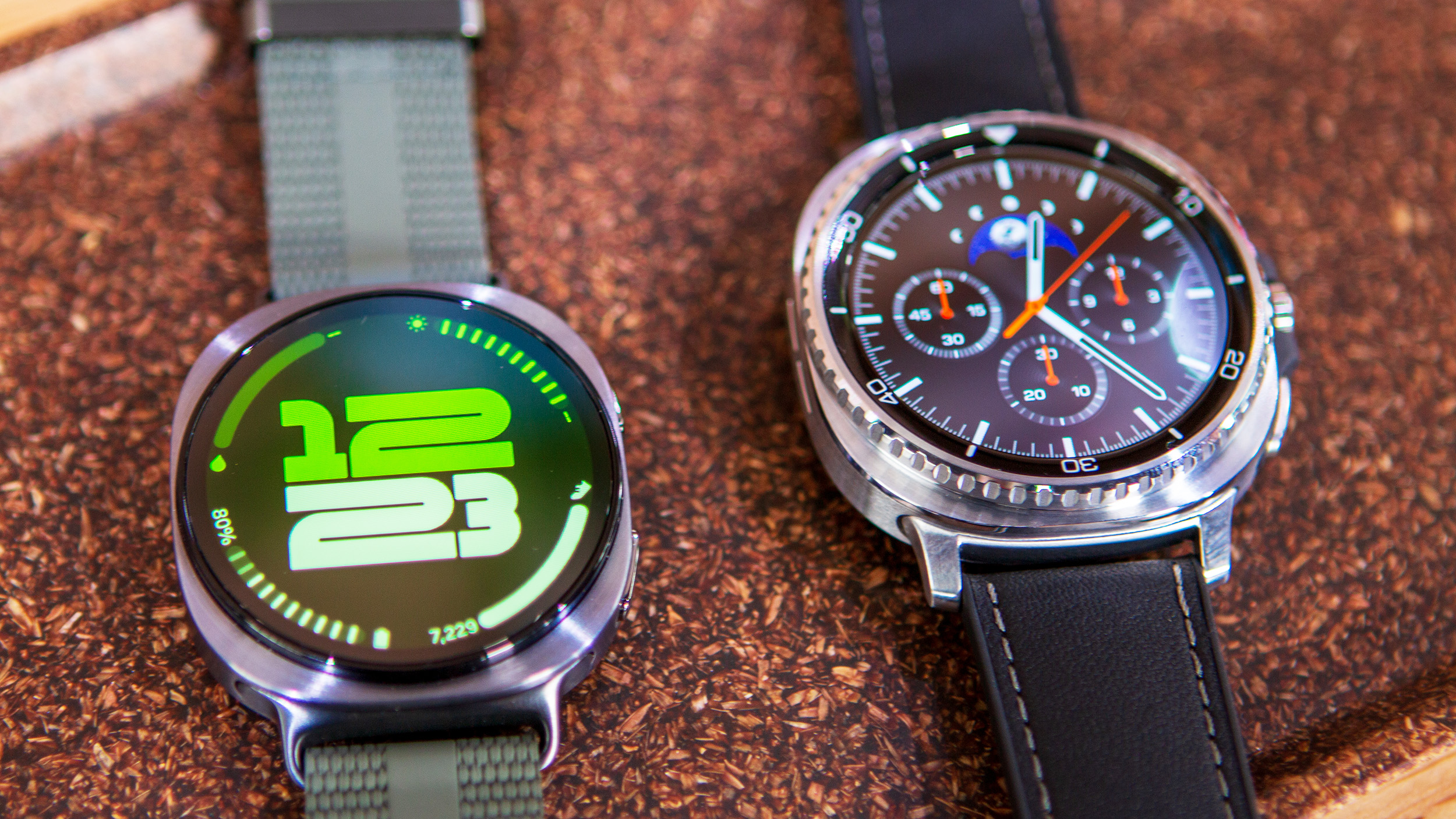
The Samsung Galaxy Watch 8 Classic starts at roughly $520, which is significantly lower than the $649 price tag for the Ultra. The Watch 8 Classic comes with 2GB of RAM, along with 64GB of storage. The latter is twice as much as what you get on the Ultra, which means more room for files and apps. The Watch 8 Classic only comes in two colors and features a rugged build with 5ATM, MIL-STD-810H, and IP68 certifications.
As for battery capacity, the Watch 8 Classic has a 445mAh battery, so slightly larger than the standard Watch 8 (and Watch 7) but smaller than the Watch Ultra. Fast charging is also supported using the bundled charger.
Category | Samsung Galaxy Watch 8 Classic | Samsung Galaxy Watch Ultra |
|---|---|---|
Dimensions | 46.4mm x 46mm x 10.6 mm | 47.4 x 47.4 x 12.1 mm |
Display | 1.34-inch Super AMOLED, 438x438 pixels resolution | 1.5-inch Super AMOLED, 480x480 pixels resolution |
Durability & Case Material | Stainless Steel & Sapphire Crystal, 5ATM water resistance, IP68 & MIL-STD-810H certification | Titanium & Sapphire Crystal, 10ATM water resistance, IP68 & MIL-STD-810H certification |
Weight | 63.5g | 60.5g |
Chipset | Exynos W1000 | Exynos W1000 |
RAM & Storage | 2GB / 64GB | 2GB / 32GB |
Navigation & Physical Controls | Home, Back & Quick buttons, and Touchscreen | Home, Back & Quick buttons, and Touchscreen |
Sensors | Samsung BioActive Sensor (Optical Bio-signal Sensor + Electrical Heart Signal + Bioelectrical Impedance Analysis), Temperature Sensor, Accelerometer, Barometer, Gyro Sensor, Geomagnetic Sensor, Light Sensor, 3D Hall sensor | Samsung BioActive Sensor (Optical Heart Rate + Electrical Heart Signal + Bioelectrical Impedance Analysis), Temperature Sensor, Accelerometer, Barometer, Gyro Sensor, Geomagnetic Sensor, Light Sensor |
Wireless Connectivity | Wi-Fi (dual-band), Bluetooth 5.3, LTE (optional), GPS, and NFC | LTE, Bluetooth 5.3, WiFi 2.4/5GHz, NFC, GPS (L1+L5), Glonass, Beidou, Galileo |
Battery & Charging | 445mAh | 590mAh |
OS | One UI 8 Watch (Wear OS 6) | One UI 6 Watch (Wear OS 5) |
The Galaxy Watch Ultra launched at $649, although Samsung is now officially selling it for roughly $450 to $490. That's a significant discount and brings it even lower than what the Galaxy Watch 8 Classic costs. This really makes you think long and hard before making a choice.
The Samsung Galaxy Watch Ultra is powered by the Exynos W1000 SoC, and it has 2GB of RAM and 32GB of storage. Health and fitness tracking performance was very good, although GPS positioning wasn't as accurate as a Garmin watch. Overall, we found the fitness hardware to be much stronger compared to previous generations when we reviewed it.
The Watch Ultra is the best Samsung watch for those who require the ultimate battery life. Samsung promises 60 hours with the always-on display enabled, and this is something we managed to achieve in our testing. Charging is not the fastest, as in our experience, it typically takes about two hours to fully charge the watch from an empty battery.
Samsung Galaxy Watch 8 Classic vs. Galaxy Watch Ultra: Software
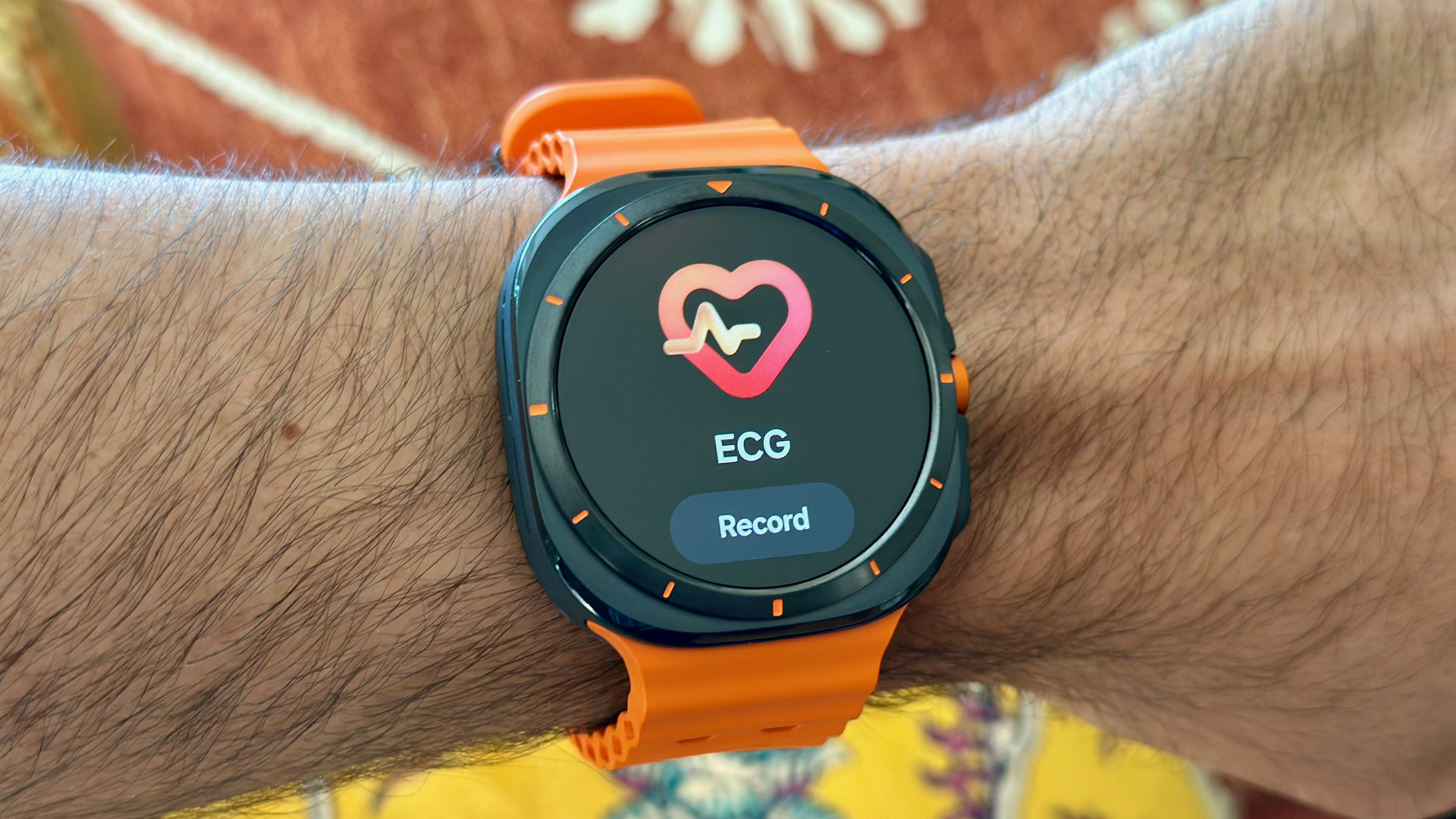
The Samsung Galaxy Watch 8 Classic comes with the latest One UI 8 Watch, which is based on Wear OS 6. One of the significant additions is Gemini replacing Google Assistant. Some of the new things you can do are ask Gemini to remember your gym locker number or summarize your last email, all from the watch.
There are also new Samsung Health upgrades given to the Watch 8 Classic. A few notable ones include a new metric called "vascular load," which monitors your daily cardiovascular system and provides alerts if you're engaging in excessive activity. An Antioxidant Index is another new addition, although getting a reading for it requires you to remove the watch from your wrist and hold your thumb up against the sensor.
Samsung Galaxy Watch 8 Classic vs. Galaxy Watch Ultra: Which one is better?
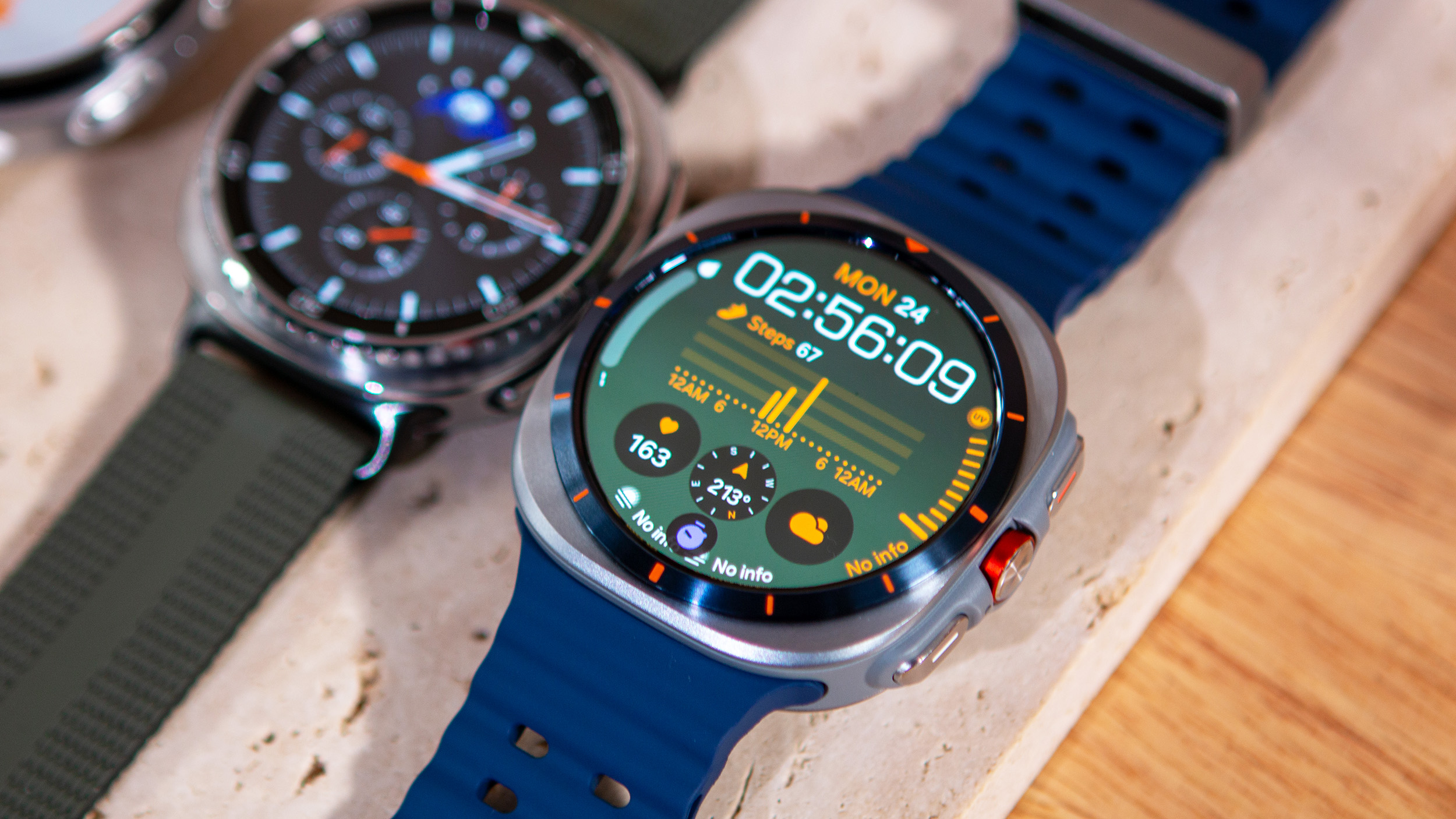
With prices of the 2024 Galaxy Watch Ultra down to sub-$500 levels, it would be foolish not to buy the Ultra over the Watch 8 Classic. You're getting a much larger battery with longer battery life, a more durable casing, a larger and brighter display, and it should get all the new features once it gets the latest One UI update.
The Watch 8 Classic will no doubt eventually make it to our best Samsung watches list, but up against the likes of the Ultra, which keeps getting heavily discounted, it's going to be a tough sell. The rotating crown and an extra year of updates are probably the only unique features it can brag about, but the Ultra has it beat pretty much everywhere else.
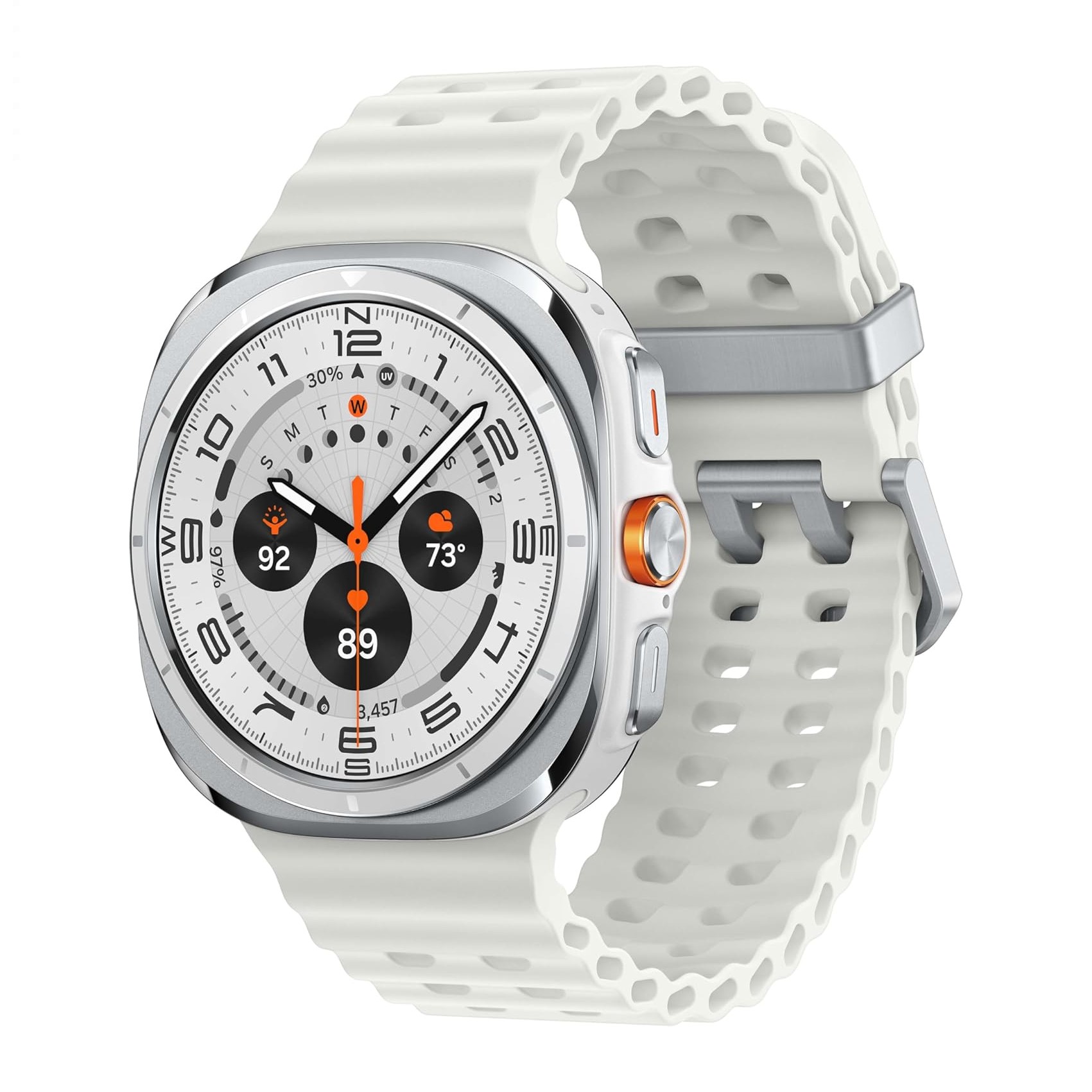
If you need nothing but the best
The Samsung Galaxy Watch Ultra is Samsung's finest display of a smartwatch yet. It's built for the rugged outdoors, can survive in more extreme elements, and has the best battery life among all Samsung watches.

Roydon has been writing about personal technology for 10+ years, and has covered everything from news, reviews, features, to on-ground coverage of big trade shows like CES. He's passionate about mobile technology and computing, dabbles with photography, and is still struggling to work his way through his Steam and PS4 game library.
You must confirm your public display name before commenting
Please logout and then login again, you will then be prompted to enter your display name.
